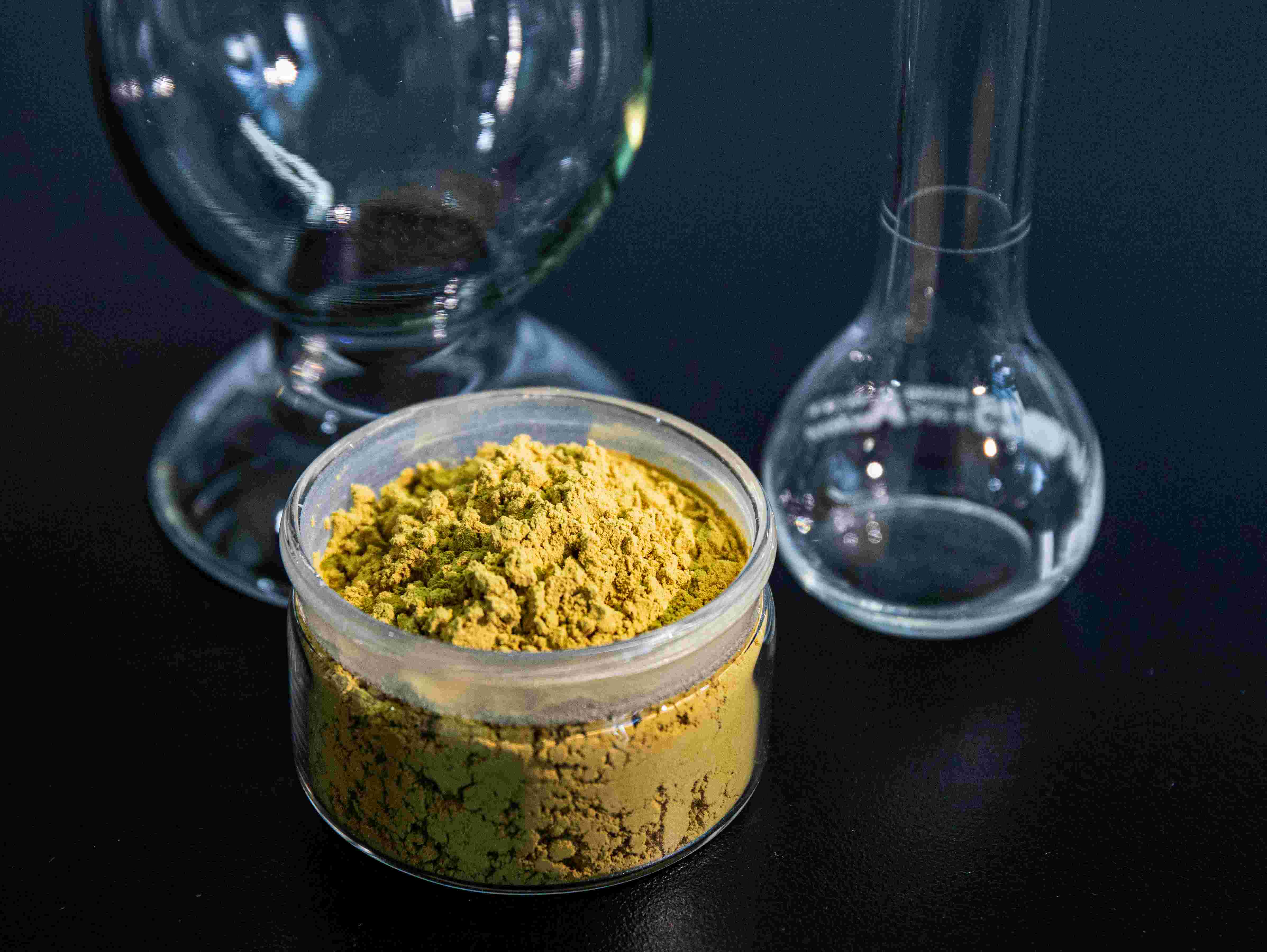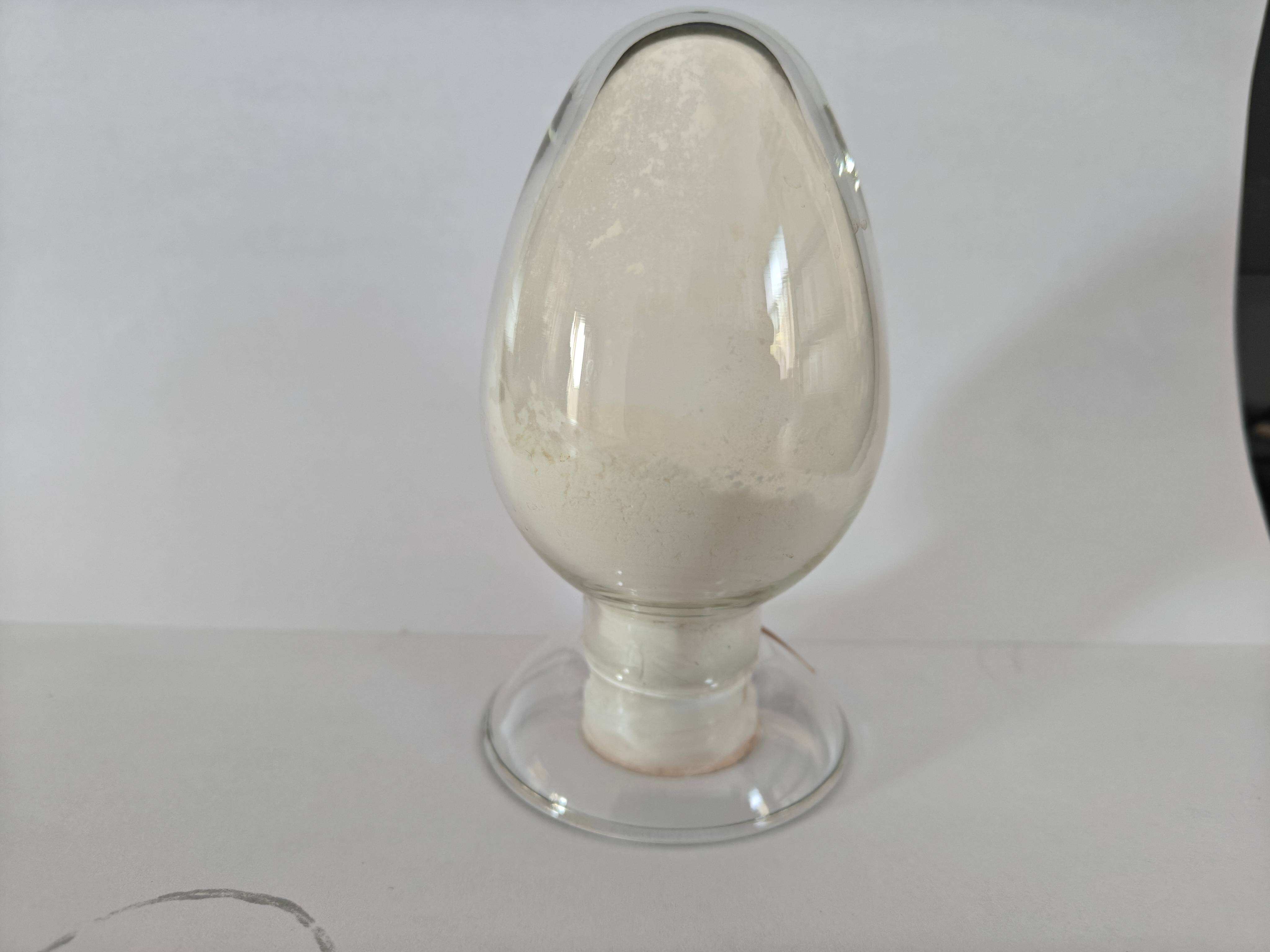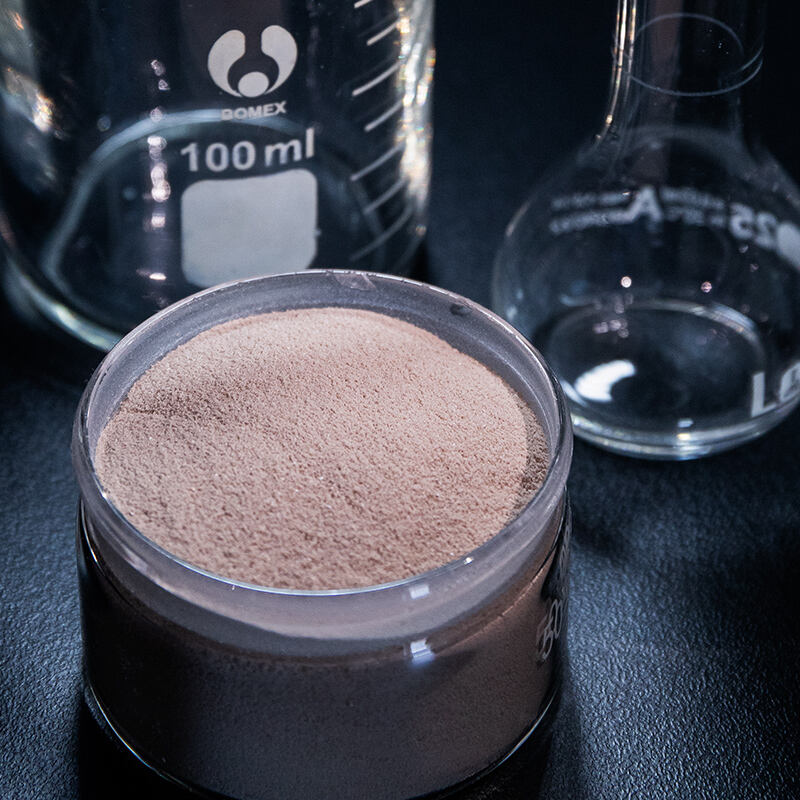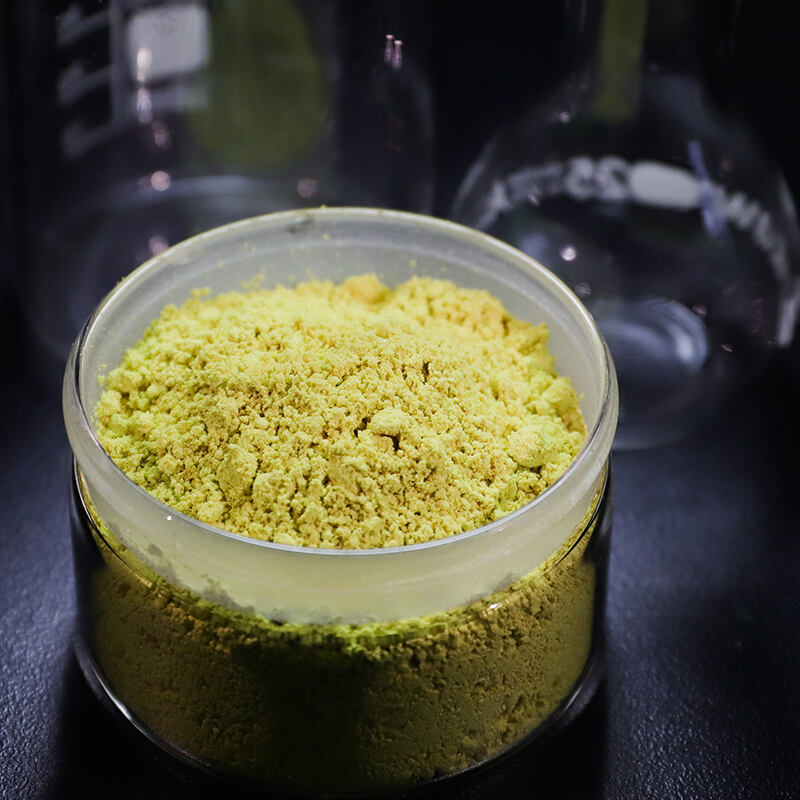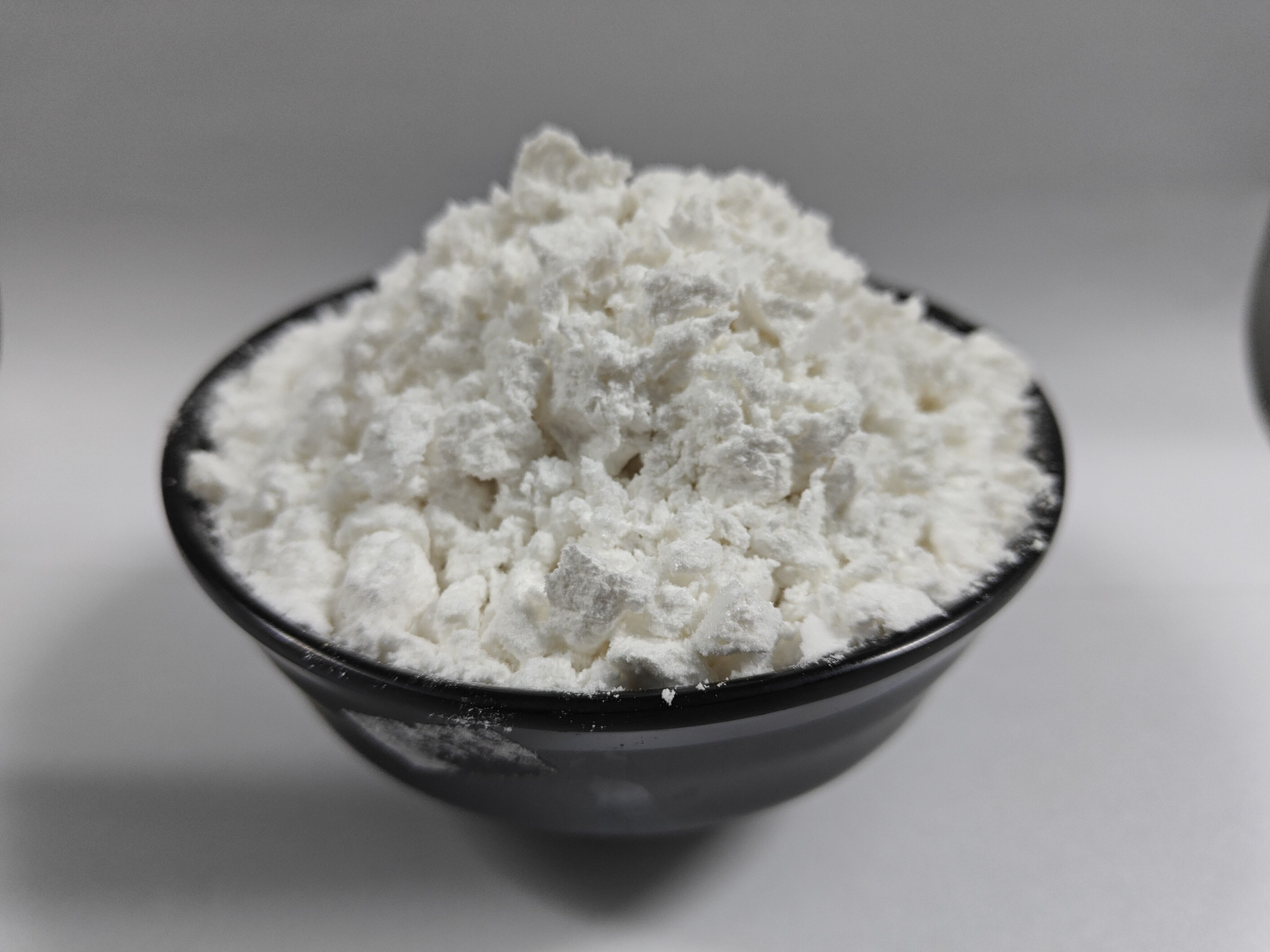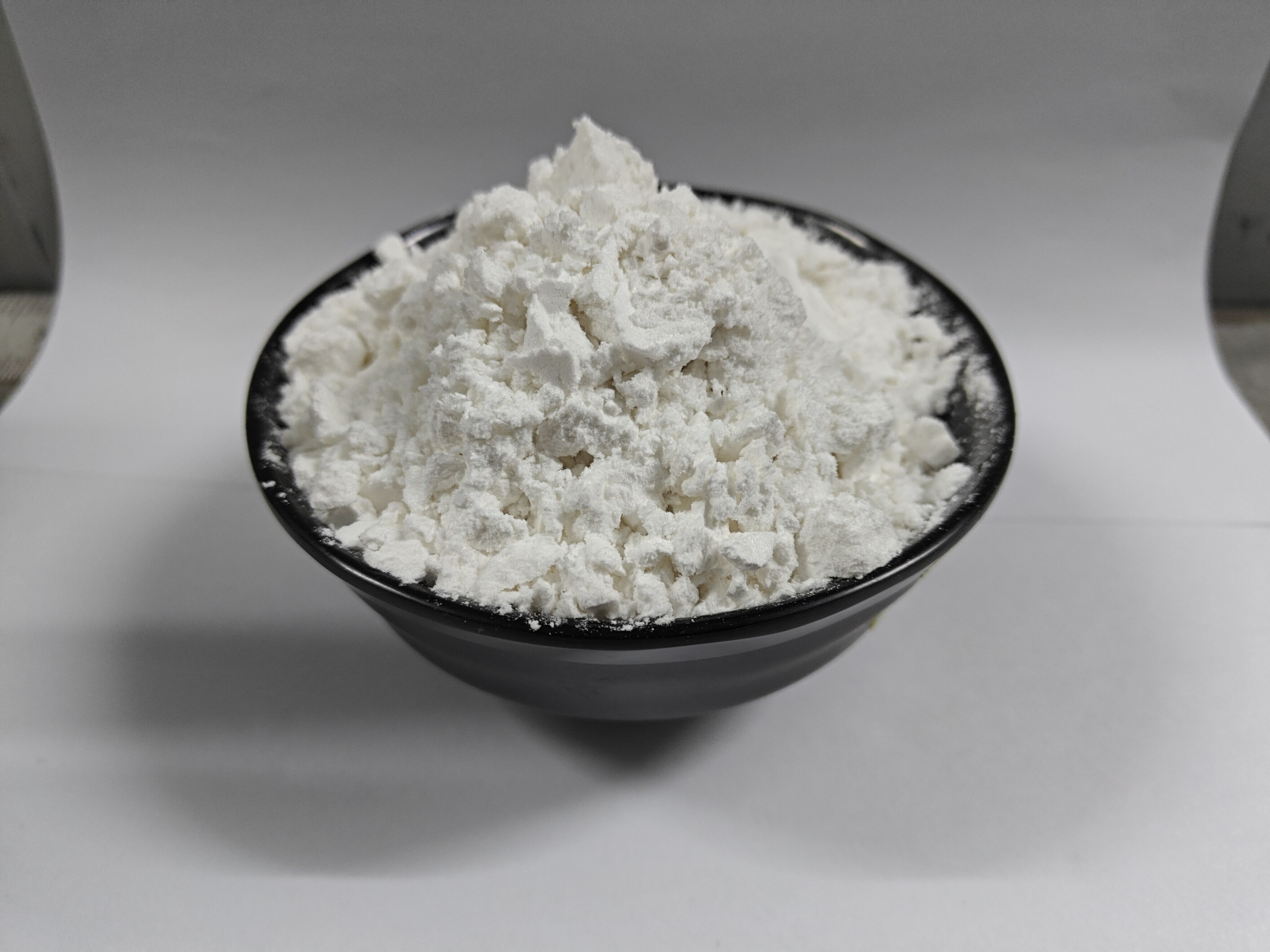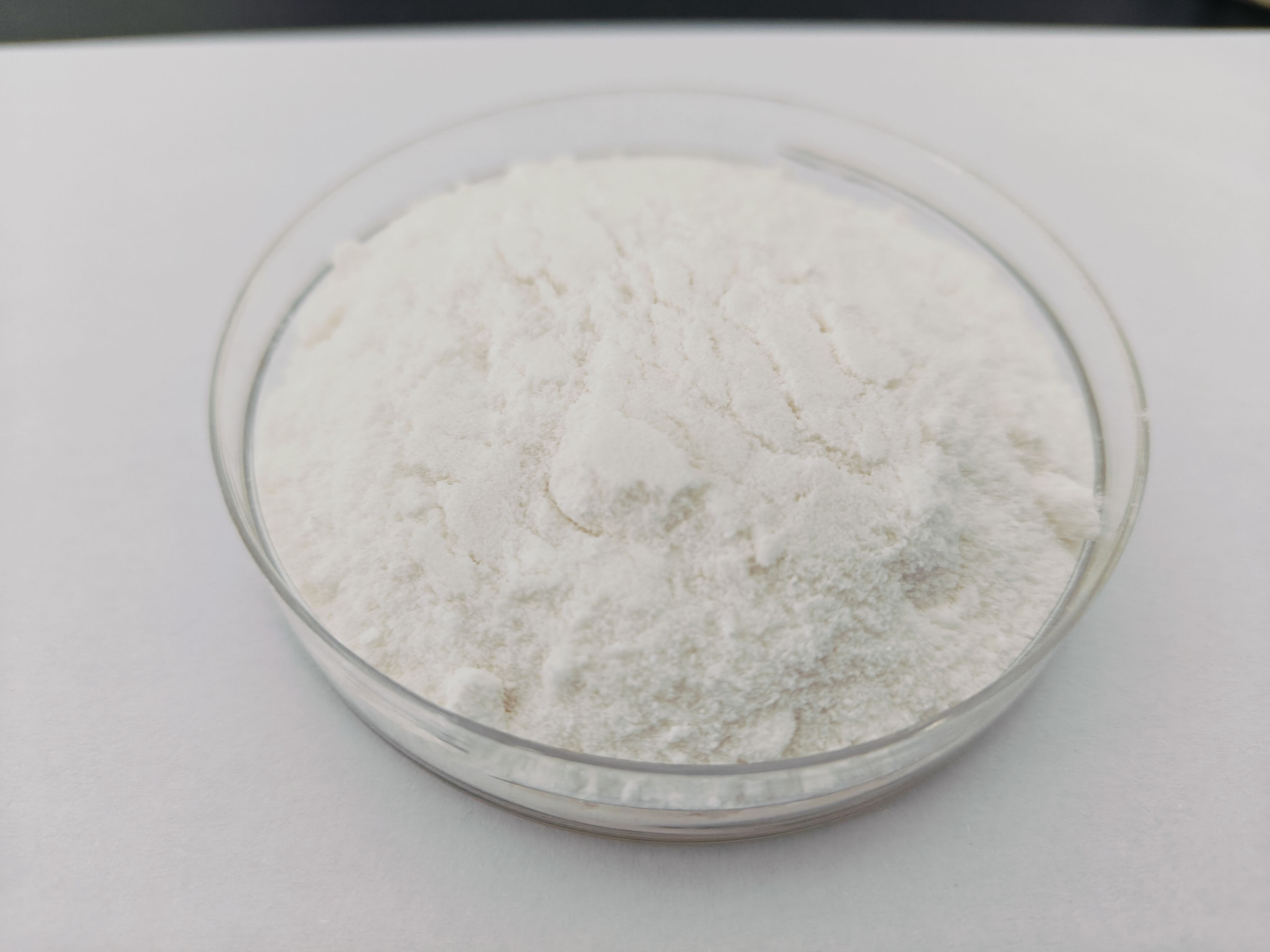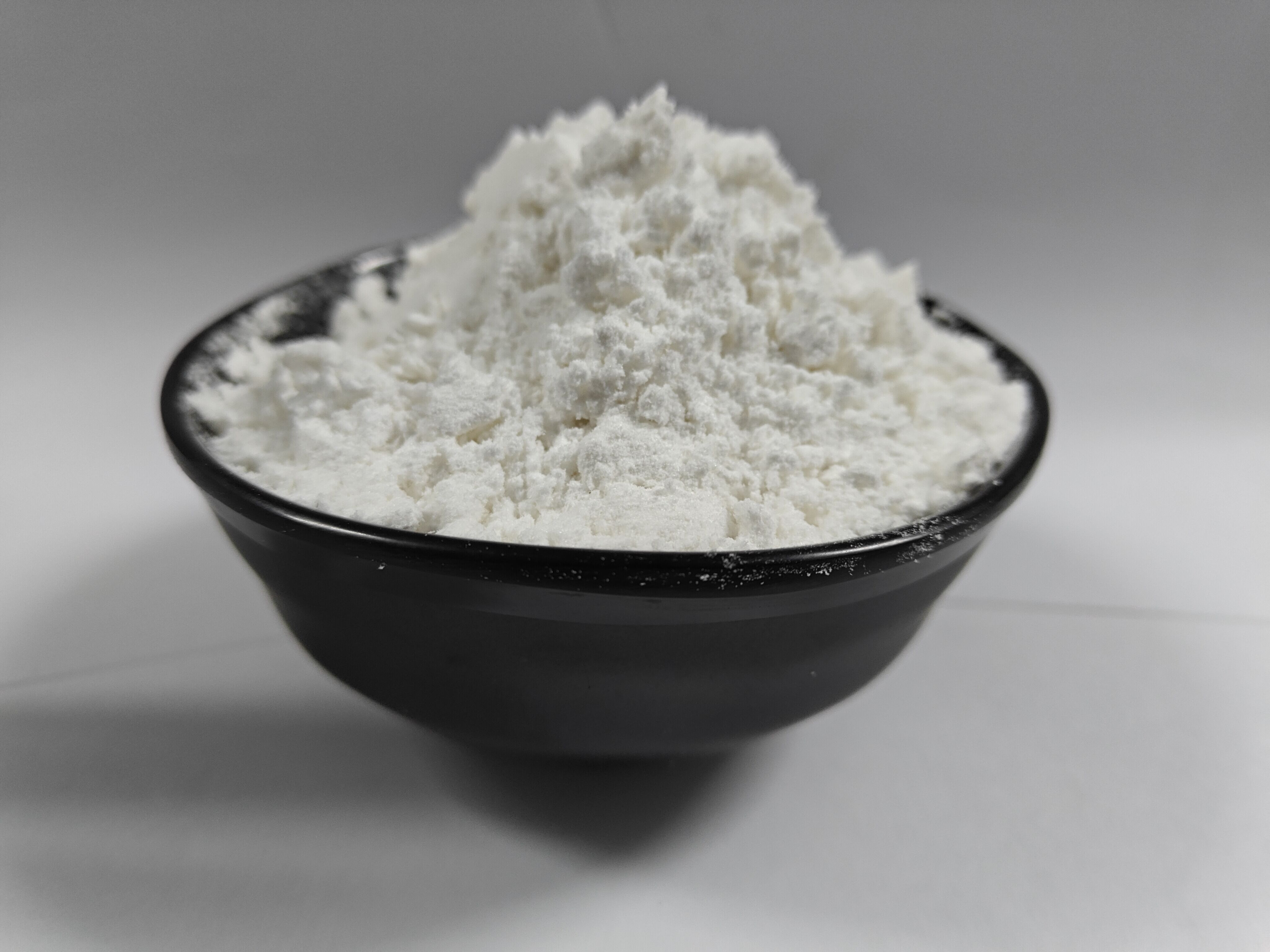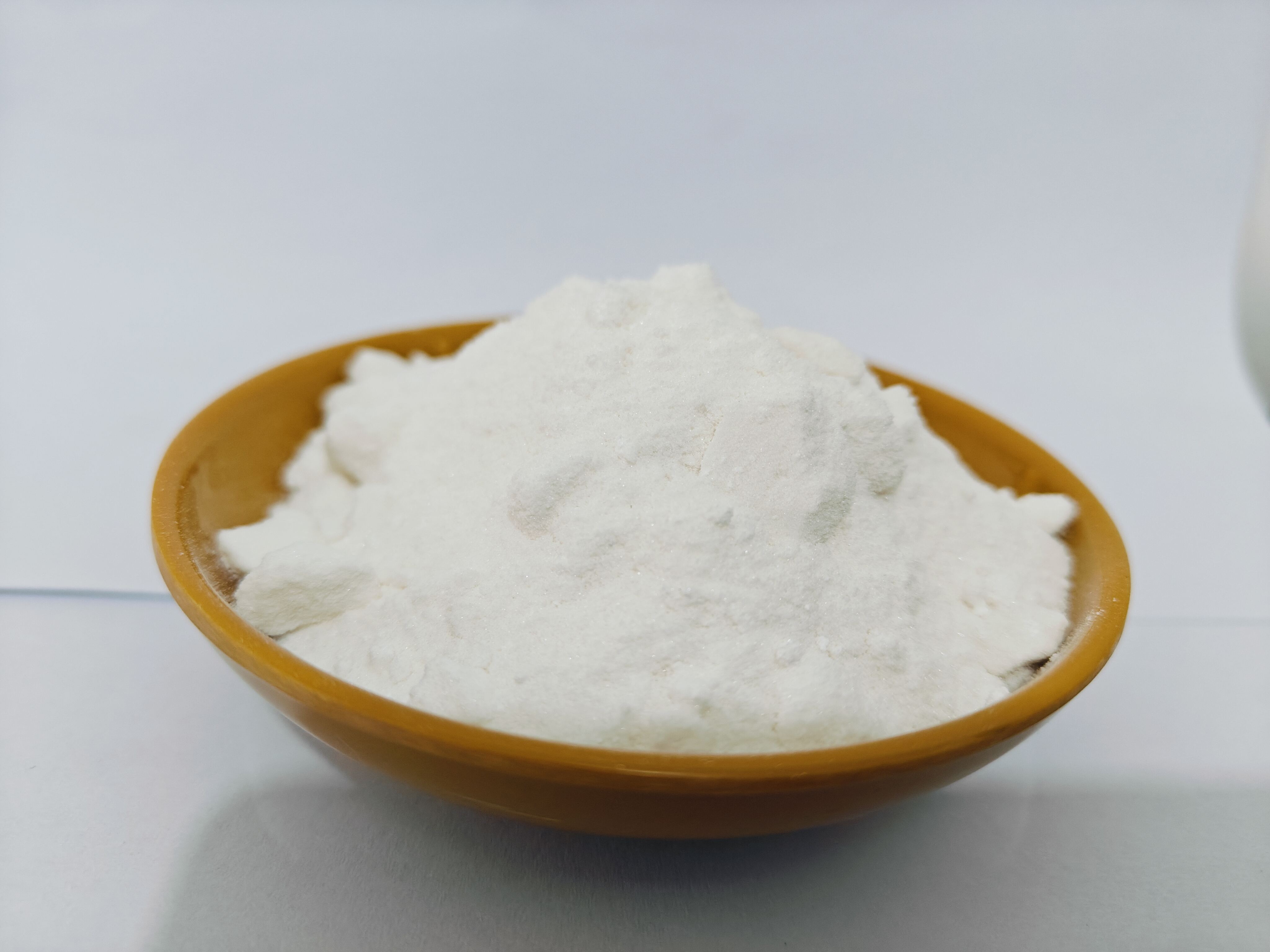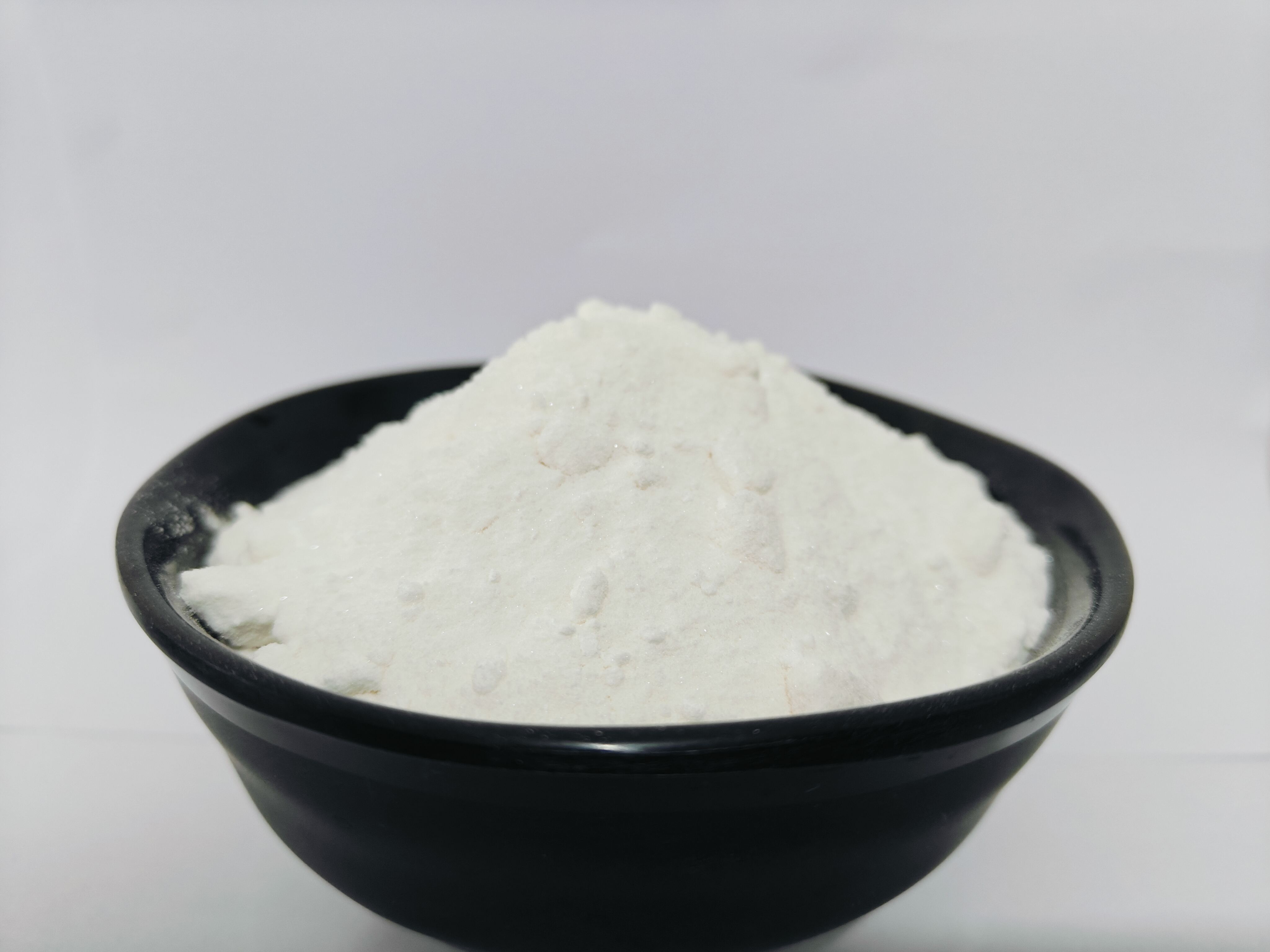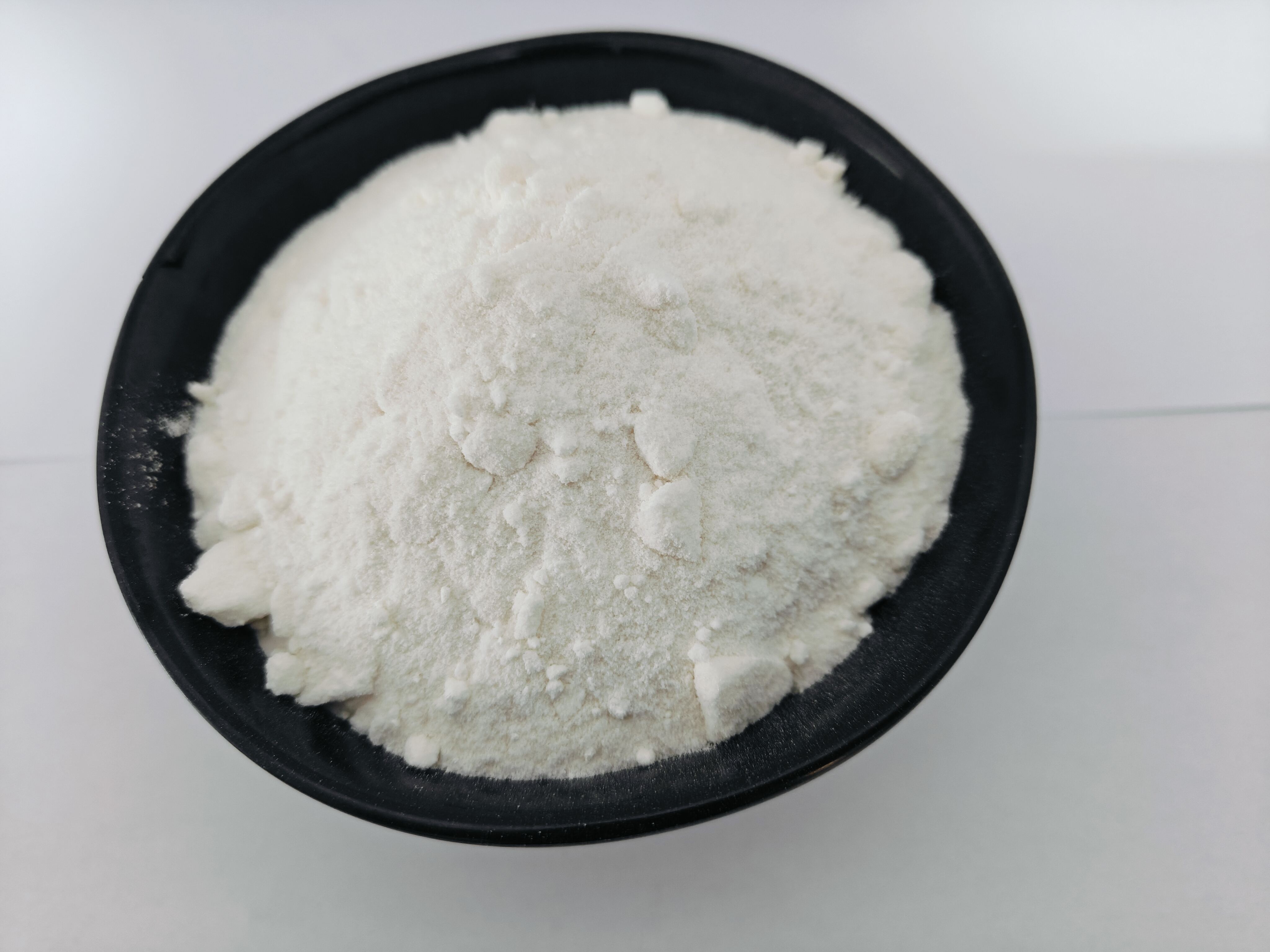lae smeltingsviskositeit tydens vorming
Lae smeltviskositeit tydens giet is 'n belangrike kenmerk in polimerverwerking wat die kwaliteit en doeltreffendheid van vervaardigingsprosesse aansienlik beïnvloed. Hierdie eienskap verwys na die materiaal se vermoë om maklik te vloei wanneer dit tot sy smeltpunt verhit word, wat optimale vul van vormholtes moontlik maak en die presiese vorming van komponente verseker. Die tegnologie behels noukeurig beheerde temperatuurbestuur en druktoepassings om die gewenste vloei-eienskappe te bereik. In industriële toepassings vergemaklik lae smeltviskositeit die vervaardiging van ingewikkelde dele met komplekse geometrieë, dun mure en gedetailleerde kenmerke. Hierdie eienskap is veral waardevol in spuitgietwerk, waar materiale vinnig en eweredig vormholtes moet vul om defekte soos onvolledige vul, sweislyne of lugvalle te voorkom. Die tegnologie sluit gevorderde polimeer formulerings spesifiek ontwerp om stabiliteit te handhaaf terwyl die vertoon van verminderde viskositeit by verwerkingstemperature. Hierdie materiale bevat dikwels vloeistofveranderers en verwerkingsinstrumente wat hul prestasie tydens die gietsiklus verbeter. Daarbenewens maak die lae smeltviskositeit vinniger siklustye moontlik, verminder energieverbruik en verbeter die algehele produksie-doeltreffendheid. Die eienskap is noodsaaklik in verskeie bedrywe, insluitend motor-, elektronika-, mediese toestelle en verbruiksgoedere, waar presiese dimensiebeheer en 'n hoë kwaliteit oppervlak afwerking van die grootste belang is.

